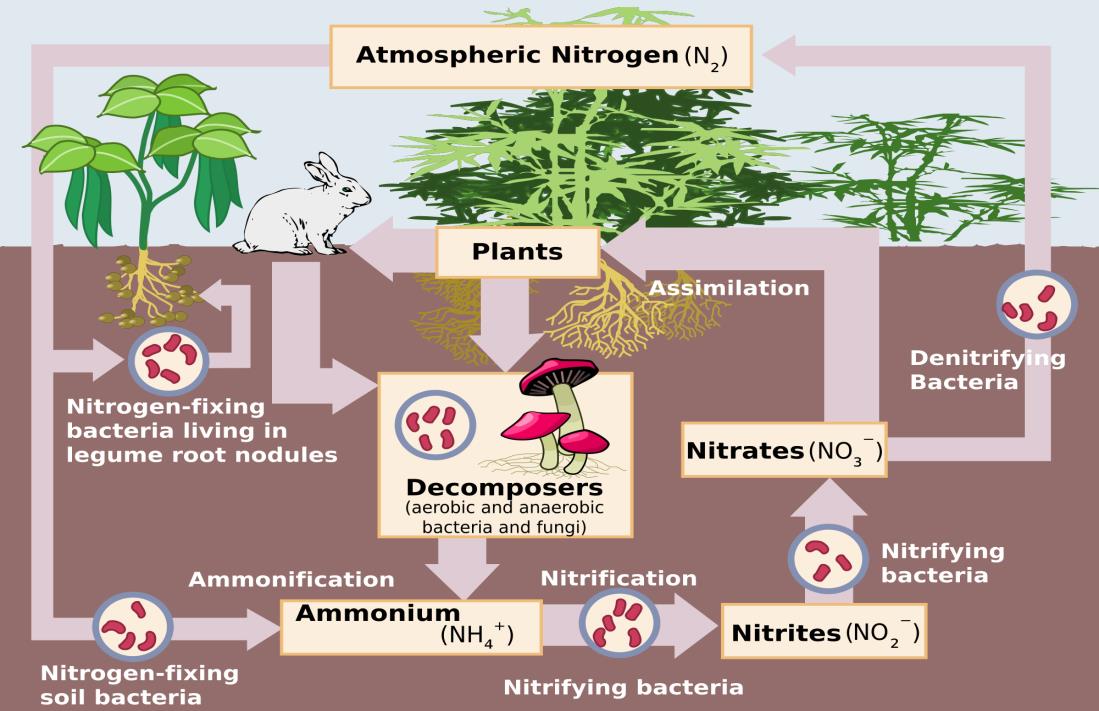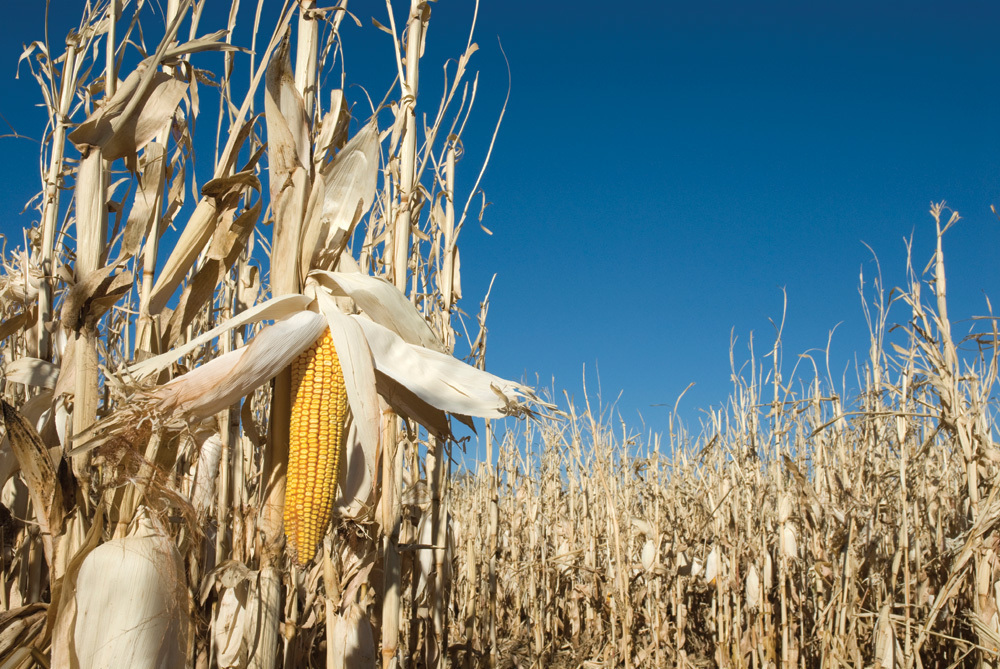Cover Crop & Soil Health Field Day coming to Andover on August 13 – the wellsville sun

Report on Cover Crop & Soil Health Field Day Initiative
Event Details
- Date: Wednesday, August 13, 2025
- Time: 10:00 AM – 12:00 PM
- Location: Country Crossroads Feed and Seed, 3186 County Route 61, Andover, NY
Program Overview and Objectives
Cornell Cooperative Extension of Allegany County is hosting a field day focused on the implementation and benefits of cover crops in modern agriculture. The program is designed to provide hands-on learning and expert insights into soil health management. The primary objective is to demonstrate how sustainable farming practices can enhance farm resiliency and environmental stewardship, directly contributing to global sustainability targets.
Alignment with Sustainable Development Goals (SDGs)
The field day’s focus on cover crops and soil health directly supports several United Nations Sustainable Development Goals (SDGs):
- SDG 2: Zero Hunger: By promoting techniques that increase soil organic matter and farm resiliency, the initiative contributes to sustainable food production and enhanced food security.
- SDG 6: Clean Water and Sanitation: The program highlights how cover crops reduce nitrogen and phosphorus loads, preventing nutrient runoff and protecting the quality of local water bodies.
- SDG 12: Responsible Consumption and Production: This event encourages the adoption of sustainable agricultural patterns, which are fundamental to responsible production.
- SDG 13: Climate Action: Enhanced soil health through cover cropping increases carbon sequestration in the soil, contributing to climate change mitigation efforts.
- SDG 15: Life on Land: The emphasis on reducing soil erosion and suppressing weeds through natural methods helps to combat land degradation and protect terrestrial ecosystems.
Agenda and Activities
The event will feature a comprehensive agenda designed for interactive learning:
- Demonstration Plots: Live demonstrations of cover crop planting and growth.
- Expert Panels: Discussions with local farmers, industry representatives, and extension specialists.
- Soil Health Demonstrations: Practical examples showing the impact of cover crops on soil structure and farm resiliency.
- Interactive Session: A forum for participants to ask questions and share personal experiences with cover cropping.
Registration and Contact Information
- Cost: Free to attend; lunch will be provided.
- Registration Deadline: Wednesday, August 6, 2025.
- Online Registration: https://reg.cce.cornell.edu/AC_SoilHealthFieldDay_202
- Contact Person: Lynn Bliven, CCE Allegany County
- Phone: 585-268-7644 ext. 18
- Email: lao3@cornell.edu
Organizing Body
This program is offered by the Cornell Cooperative Extension of Allegany County (CCE-Allegany), part of a national educational partnership between County, State, and Federal governments. As New York’s land-grant university, Cornell University administers the cooperative extension system within the state, ensuring equal program and employment opportunities.
Analysis of Sustainable Development Goals in the Article
1. Which SDGs are addressed or connected to the issues highlighted in the article?
-
SDG 2: Zero Hunger
- The article focuses on agricultural practices like using cover crops to improve soil health and farm resiliency. These are fundamental components of creating sustainable food production systems, which is a core aspect of SDG 2. By promoting methods that increase soil organic matter and ensure long-term farm viability, the initiative contributes to food security.
-
SDG 6: Clean Water and Sanitation
- A key benefit of cover crops mentioned in the article is the “reduced nitrogen and phosphorus loads entering water bodies.” This directly addresses water pollution from agricultural runoff, contributing to the goal of improving ambient water quality, which is a central theme of SDG 6.
-
SDG 15: Life on Land
- The article explicitly states that cover crops lead to “reduced soil erosion” and “increased soil organic matter.” These outcomes are crucial for combating land degradation and improving soil quality, directly aligning with the objectives of SDG 15 to halt and reverse land degradation.
-
SDG 17: Partnerships for the Goals
- The event described is a collaborative effort involving “local farmers, industry representatives, and extension” services. The article also highlights that Cornell Cooperative Extension is part of a “national cooperative extension system, an educational partnership between County, State, and Federal governments.” This multi-stakeholder partnership model is the essence of SDG 17.
2. What specific targets under those SDGs can be identified based on the article’s content?
-
Target 2.4 (under SDG 2)
- This target aims to “ensure sustainable food production systems and implement resilient agricultural practices… that progressively improve land and soil quality.” The article’s focus on cover crops to enhance “farm resiliency,” “increased soil organic matter,” and “reduced soil erosion” directly supports the implementation of such practices.
-
Target 6.3 (under SDG 6)
- This target seeks to “improve water quality by reducing pollution.” The article’s mention of “reduced nitrogen and phosphorus loads entering water bodies” is a direct action toward achieving this target by mitigating pollution from agricultural sources.
-
Target 15.3 (under SDG 15)
- This target aims to “combat desertification, restore degraded land and soil… and strive to achieve a land degradation-neutral world.” The promotion of cover crops for their benefits of “reduced soil erosion” and building soil health is a direct contribution to restoring degraded land and improving soil quality.
-
Target 17.17 (under SDG 17)
- This target is to “Encourage and promote effective public, public-private and civil society partnerships.” The field day is a clear example of such a partnership, bringing together Cornell Cooperative Extension (a public entity linked to state and federal government), local farmers (civil society/private sector), and industry representatives (private sector) to share knowledge and promote sustainable practices.
3. Are there any indicators mentioned or implied in the article that can be used to measure progress towards the identified targets?
-
Indicators for Targets 2.4 and 15.3
- The article implies measurable indicators for soil health. Progress can be tracked by measuring the “increased soil organic matter” and the rate of “reduced soil erosion” on farms that adopt cover cropping. These serve as direct proxies for improving land and soil quality.
-
Indicator for Target 6.3
- The article points to a clear indicator for water quality: the measurement of “nitrogen and phosphorus loads entering water bodies.” Monitoring these nutrient levels in local waterways would provide a direct measure of progress in reducing agricultural pollution.
-
Indicator for Target 17.17
- The existence of the “Cover Crop & Soil Health Field Day” itself is an indicator of a functioning multi-stakeholder partnership. The number of participants, which is being tracked via pre-registration (“pre-registration is requested… with number attending”), can serve as a quantitative indicator of the reach and engagement of this partnership.
4. Summary Table of SDGs, Targets, and Indicators
| SDGs | Targets | Indicators |
|---|---|---|
| SDG 2: Zero Hunger | Target 2.4: By 2030, ensure sustainable food production systems and implement resilient agricultural practices that increase productivity and production, that help maintain ecosystems, that strengthen capacity for adaptation to climate change, extreme weather, drought, flooding and other disasters and that progressively improve land and soil quality. |
|
| SDG 6: Clean Water and Sanitation | Target 6.3: By 2030, improve water quality by reducing pollution, eliminating dumping and minimizing release of hazardous chemicals and materials, halving the proportion of untreated wastewater and substantially increasing recycling and safe reuse globally. |
|
| SDG 15: Life on Land | Target 15.3: By 2030, combat desertification, restore degraded land and soil, including land affected by desertification, drought and floods, and strive to achieve a land degradation-neutral world. |
|
| SDG 17: Partnerships for the Goals | Target 17.17: Encourage and promote effective public, public-private and civil society partnerships, building on the experience and resourcing strategies of partnerships. |
|
Source: wellsvillesun.com

What is Your Reaction?
 Like
0
Like
0
 Dislike
0
Dislike
0
 Love
0
Love
0
 Funny
0
Funny
0
 Angry
0
Angry
0
 Sad
0
Sad
0
 Wow
0
Wow
0


-1920w.png?#)







































































